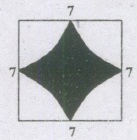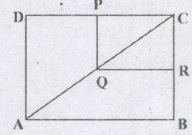Mental Ability Test - Reasoning ( Verbal )
SAT - Science - Physics 12 chapters 1898 Questions
SAT - Science - Chemistry 12 chapters 1621 Questions
SAT - Science - Biology 21 chapters 2981 Questions
Scholastic Aptitude Test - Mathematics 17 chapters 657 Questions
- Number System
42 Question - Algebra
54 Question - Co-Ordinate Geometry
45 Question - Linear Equation in Two Variables
26 Question - Quadratic Equation
30 Question - Basic Operation on Arithmetic
40 Question - Commercial Mathematics
56 Question - Arithmetic Progresstion
35 Question - Lines and Angles
40 Question - Triangles
34 Question - Quadrilaterals
30 Question - Circles
52 Question - Volume and Surface Area
26 Question - Trigonometry
40 Question - Hight and Distance
27 Question - Statistics
45 Question - Probability
35 Question

 =72
=72.jpg) is
is

